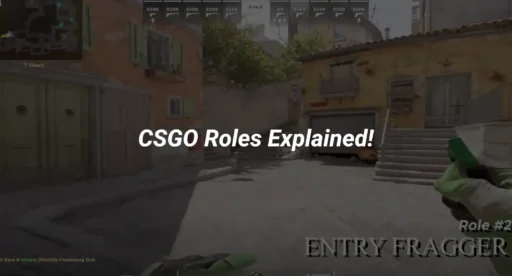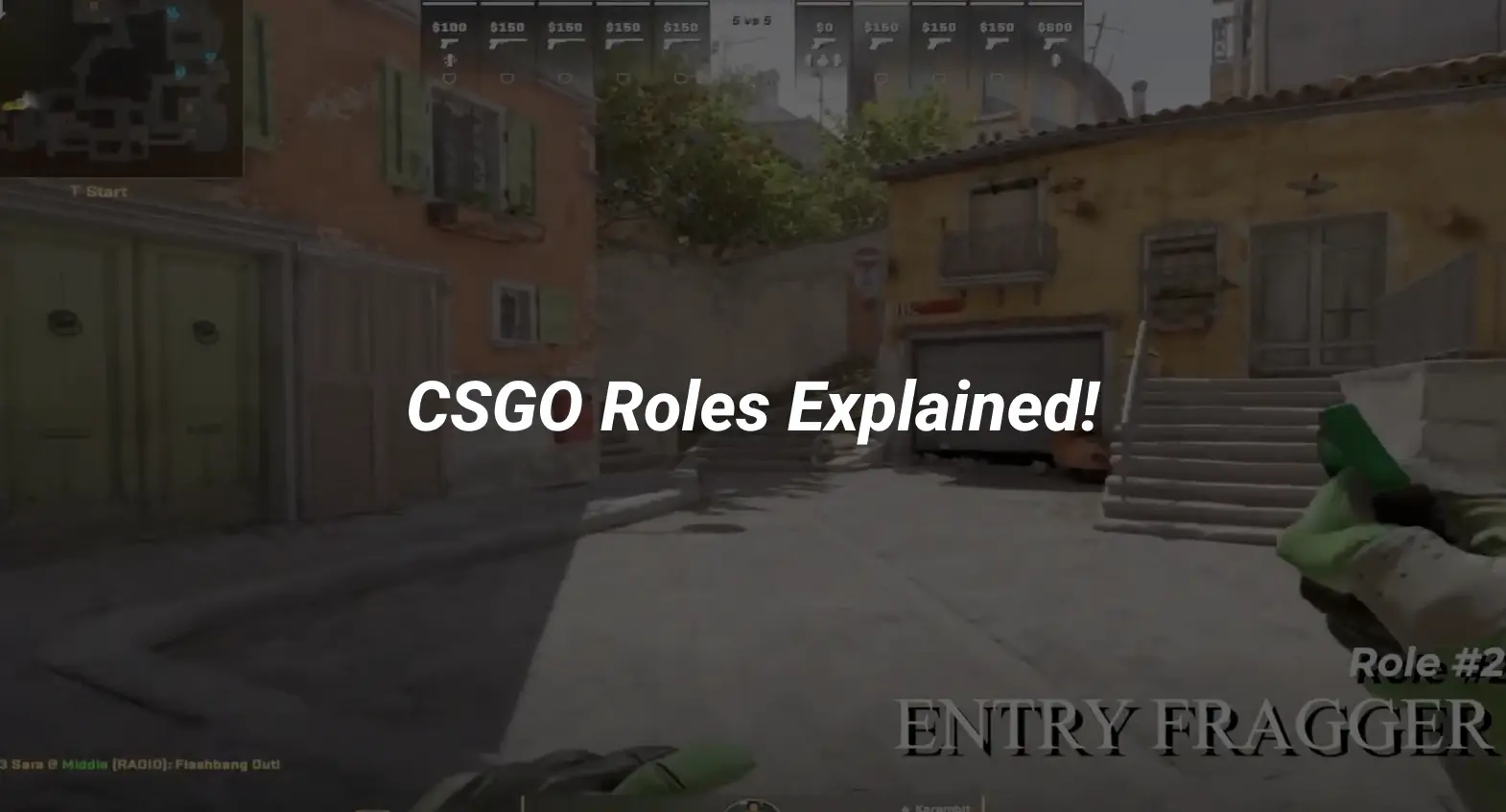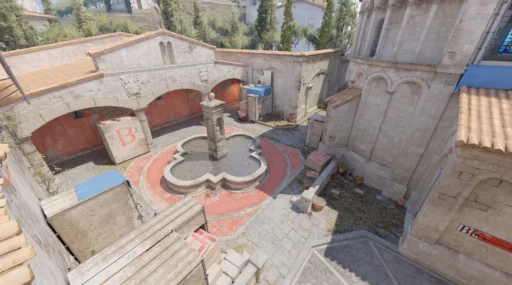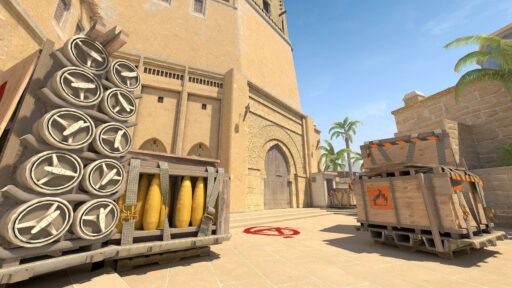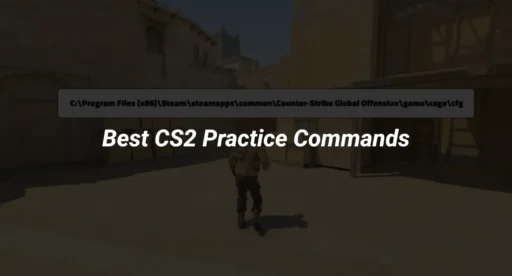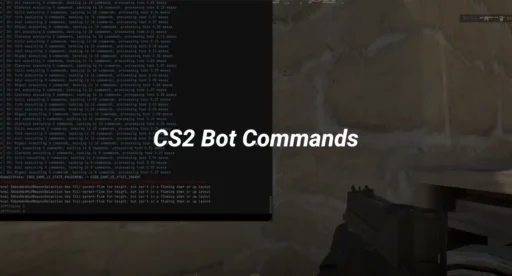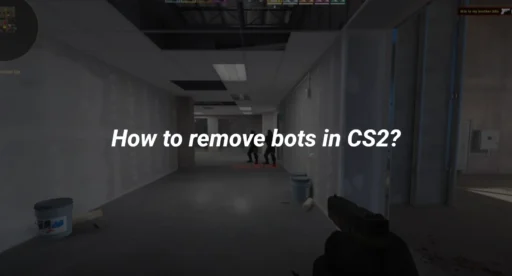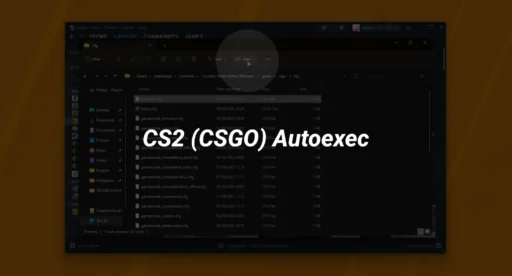In CS2 (CSGO), understanding team roles is essential for success. Each player has a specific part to play, contributing uniquely to the team’s strategy and performance. From the aggressive Entry Fragger to the strategic In-Game Leader, these roles help teams work together effectively. This article explores the various roles in CS:GO, their responsibilities, and how they can impact the game.
Key Takeaways
- CSGO roles are essential for team strategy and success in the game.
- Each player has a unique role that contributes to the overall performance of the team.
- Understanding these roles can help players find their strengths and improve their gameplay.
Understanding the Core Roles in CSGO
In CS2 (CSGO), understanding the different csgo team roles is crucial for success. Each player has a specific job that helps the team work together effectively. Here’s a breakdown of the main roles:
The Entry Fragger: Leading the Charge
The Entry Fragger is the player who goes in first during an attack. This role is all about being brave and quick. You need to have great aim and be ready to face enemies head-on. Here are some key points about the Entry Fragger:
- Initiates fights and opens up bomb sites.
- Must be agile and have good reflexes.
- Often sacrifices themselves for the team’s success.
The Clutcher: Turning the Tides
The Clutcher is the player who can win rounds when the odds are against the team. They are calm under pressure and can make smart decisions quickly. Here’s what makes a good Clutcher:
- Excellent at 1vX situations.
- Knows how to use csgo binds effectively.
- Can read the game and predict enemy movements.
The AWPer: Master of the Sniper Rifle
The AWPer is the sniper of the team, using the AWP to take out enemies from a distance. This role requires precision and patience. Key traits include:
- High accuracy and quick reflexes.
- Ability to hold angles and control sightlines.
- Often the best player on the team due to the skill needed.
The In-Game Leader: Tactical Genius
The In-Game Leader (IGL) is the brain of the team. They make strategic decisions and guide the team during matches. Here’s what to know about the IGL:
- Responsible for calling strategies and plays.
- Must understand each player’s strengths and weaknesses.
- The in-game lead (IGL) is about leadership and strategy.
The Lurker: Silent but Deadly
The Lurker plays a sneaky role, often flanking enemies or gathering information. They are crucial for surprise attacks. Important aspects include:
- Plays away from the main group to catch enemies off guard.
- Needs to be aware of map control and enemy positions.
- Can change the game’s outcome with clever plays.
Wrapping It Up: Understanding CSGO Roles
In the end, knowing the different roles in CSGO can really change how you play and enjoy the game. Each role, from the Entry Fragger to the AWPer, has its own special job that helps the team win. Whether you like to rush in and take out enemies or hang back and support your teammates, there’s a spot for you. Understanding these roles not only helps you play better but also makes watching pro matches way more exciting. So, next time you jump into a game or watch a tournament, remember these roles and see how they all come together for epic plays!
Frequently Asked Questions
What roles can I play in CS:GO?
In CS:GO, players can take on different roles like Entry Fragger, AWPer, In-Game Leader, Support, and Lurker. Each role has its own tasks and responsibilities that contribute to the team’s success.
What is the role of the Entry Fragger?
The Entry Fragger is the player who goes in first during attacks. Their job is to engage the enemy and create openings for the team to follow. They need to be quick and have good aim.
Why are roles important in CS:GO?
Roles are important because they help organize the team. Each player knows what they need to do, which makes it easier to work together and win matches.

